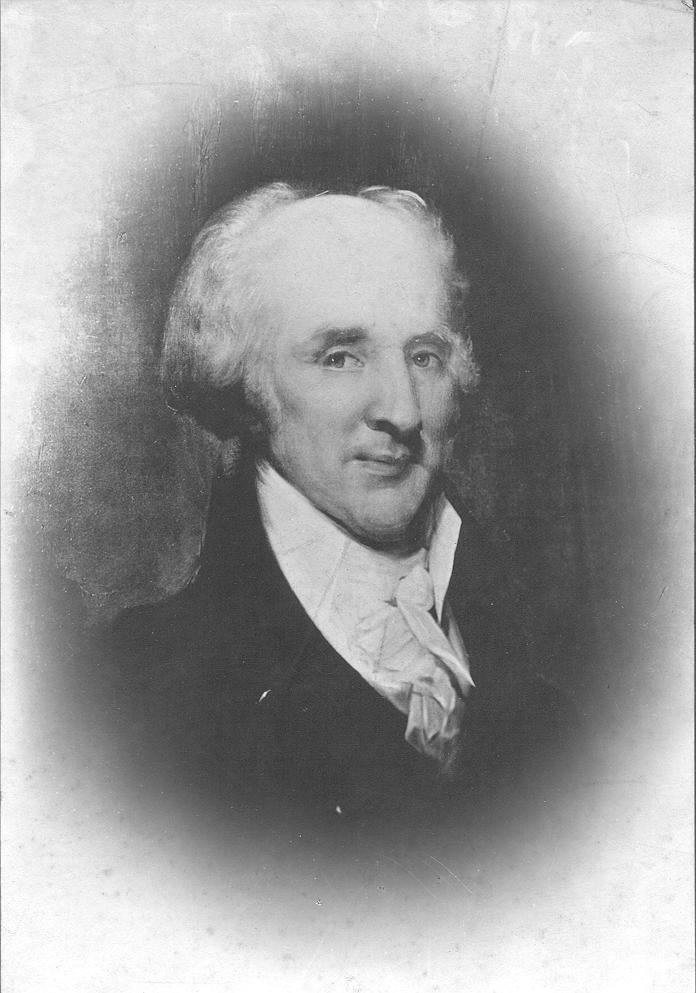Upon ascending the throne in 1603, James I of England (James VI of Scotland) desired to “civilize the uncontrollable, autonomous Irish.”1 His plan was to displace English Protestants, Presbyterian Scots, French, and German Protestants from their homelands and into Ireland. In the early eighteenth century, after having lived in the area of Ulster in Northern Ireland for about a century, the Presbyterian Scots immigrated to the American colonies. The immigration of the Scots-Irish from Ulster largely took place from 1717 to 1773. Struggles with religious tolerance and civil and political rights, as well as economic factors ultimately led to this migration. This mass migration is often referred to as the “Great Migration” and took place in approximately four waves. Although migrants lived throughout the American colonies, in 1717 the Scots-Irish favored settling in Pennsylvania choosing to settle less populated areas in the Cumberland Valley and beyond the Alleghenies before moving into Virginia and further south.2 It is thought that the Scots-Irish chose to settle in Pennsylvania, particularly Cumberland County, due to “the fame of the colony for religious liberty and fertile soil.”3 They were largely involved in the Whiskey Rebellion of the 1790s. Author Winthrop Sargent wrote in his Introductory Memoir to the Journal of Braddock’s Expedition, “[The Scots-Irish] were a hardy, brave, hot-headed race, excitable in temper, unrestrainable in passion, invincible in prejudice” and, “[…] If they had any faults, a lack of patriotism or of courage was not among the number.”4
General John Armstrong (1717-1795) emigrated from what is now Northern Ireland to Carlisle, Pennsylvania as surveyor for the Penn family. Initial records indicate General Armstrong as surveyor under the Proprietary Government during the mid-1700s.5 In 1750-1751, he surveyed and mapped out the plans for the town of Carlisle. He was influential in the French and Indian War and became known as the “Hero of Kittanning” as a result of his bravery and successful victory over the American Indians at the village of Kittanning.6 General Ephraim Blaine (1741-1804) was another Scots-Irish immigrant from the province of Ulster. Blaine was a successful merchant and fur trader in Carlisle, and in the late 1700s he became the Commissary General for the Army during the Revolutionary War.7
The Scots-Irish had an influence on many aspects of life in Cumberland County. The traditional Scots-Irish house was primarily a one story building made of stone and logs, typically consisting of two rooms.8 An example of Scots-Irish influence on architecture in Cumberland County is the Rose Garden Mill located along the Yellow Breeches Creek in Upper Allen Township. Monroe Township boasts many brick-end barns originally built in the 1850s-1870s by wealthy Scots-Irish farmers. The only eighteenth century brick-end barn still standing is located in North Middleton township and was built for Matthew Miller, a Scots-Irish immigrant.9
The early Scots-Irish immigrants helped establish Cumberland County as a military, political and trading center. Many prominent members of society, past and present, are descendant of Scots-Irish immigrants. As one Scots-Irishman stated: [the Scots-Irish were] brewed in Scotland, bottled in Ireland, and uncorked in America.”10
